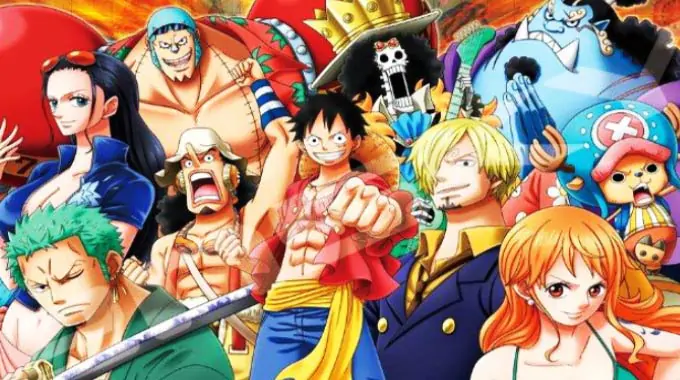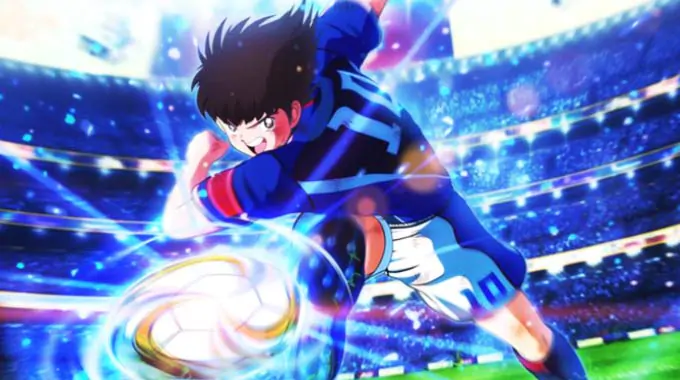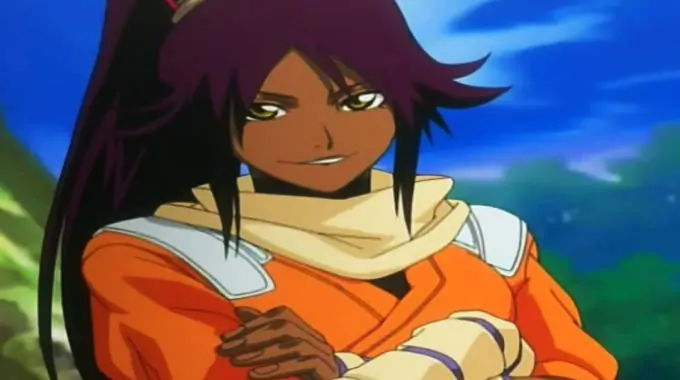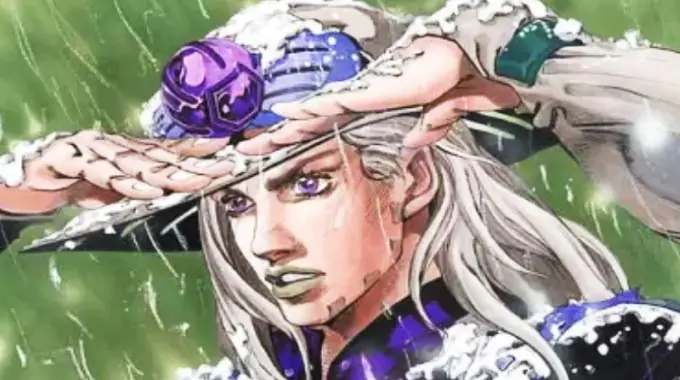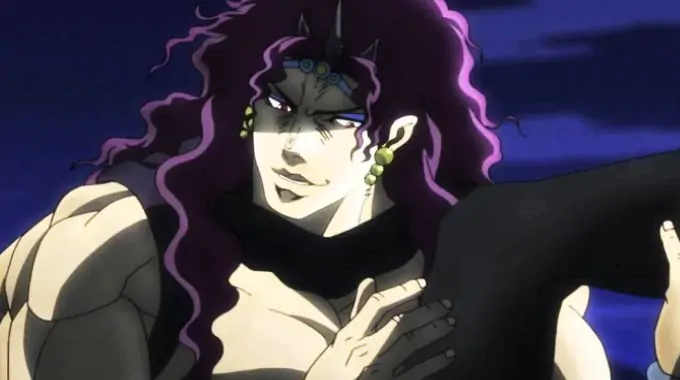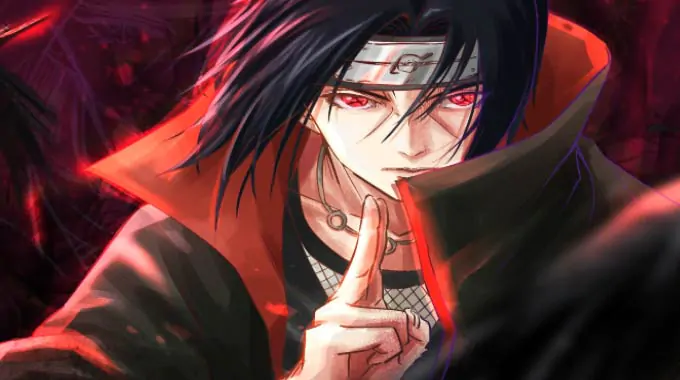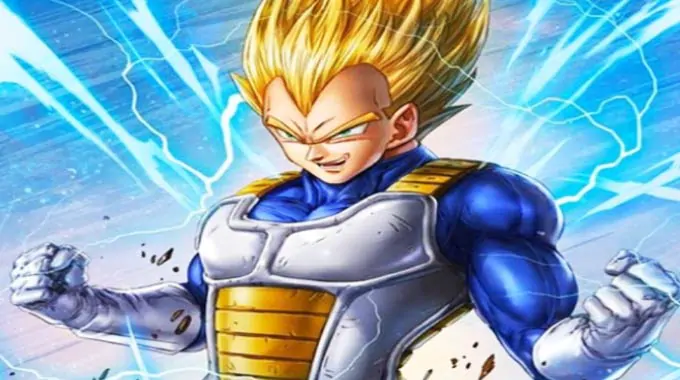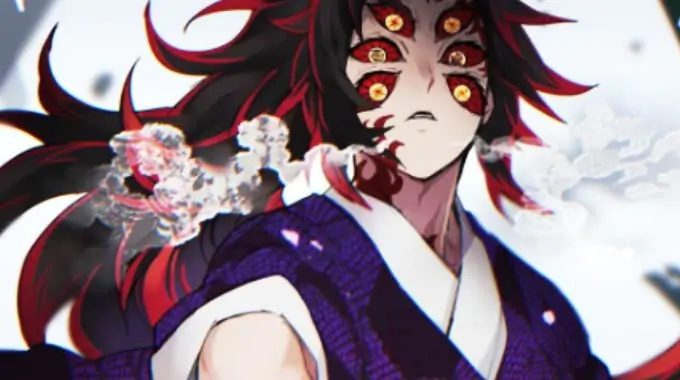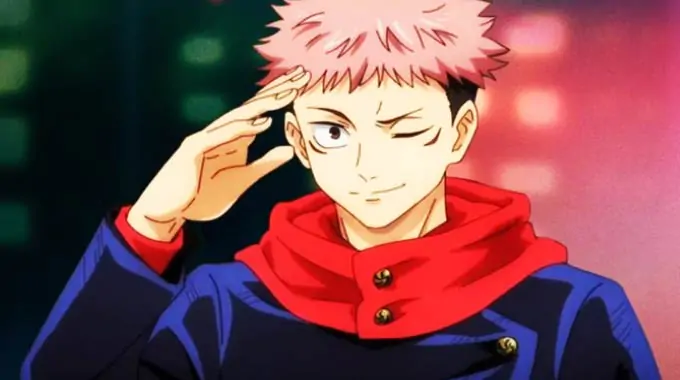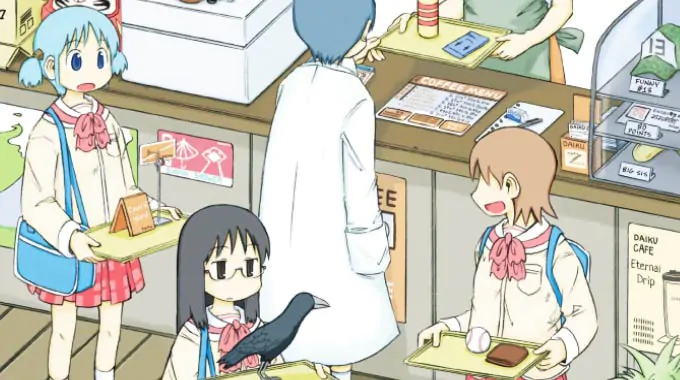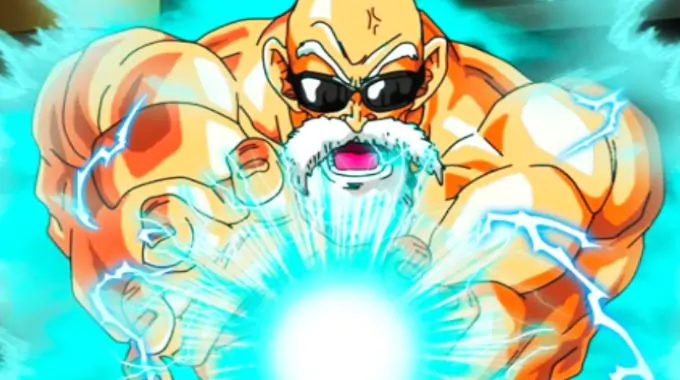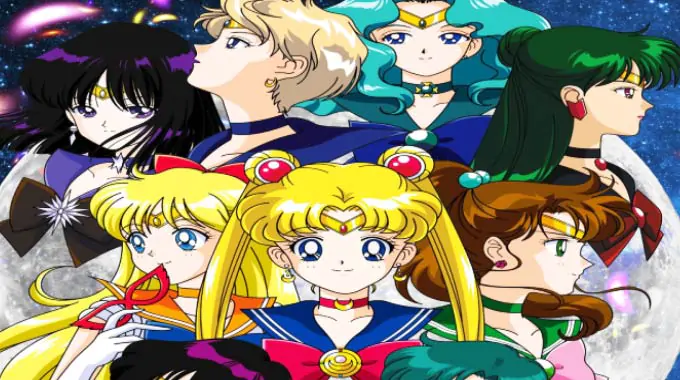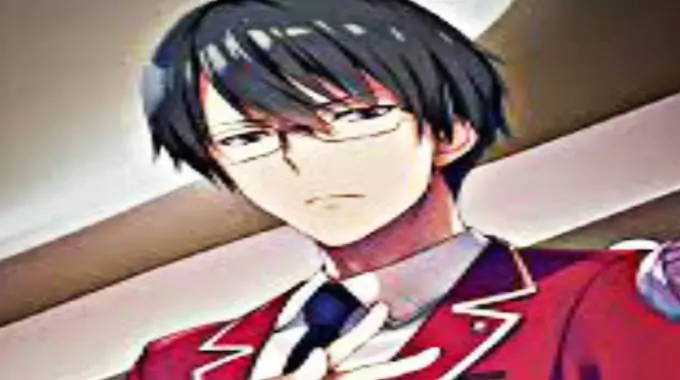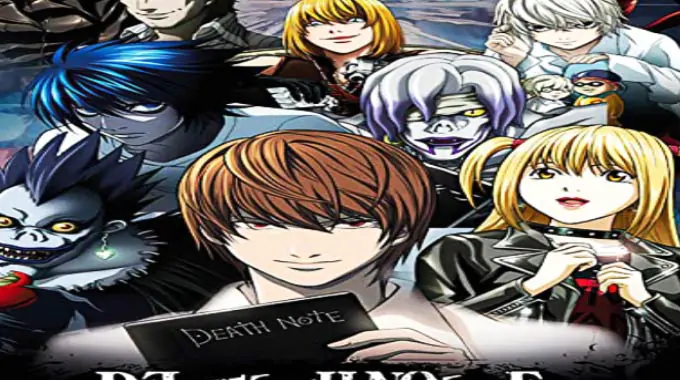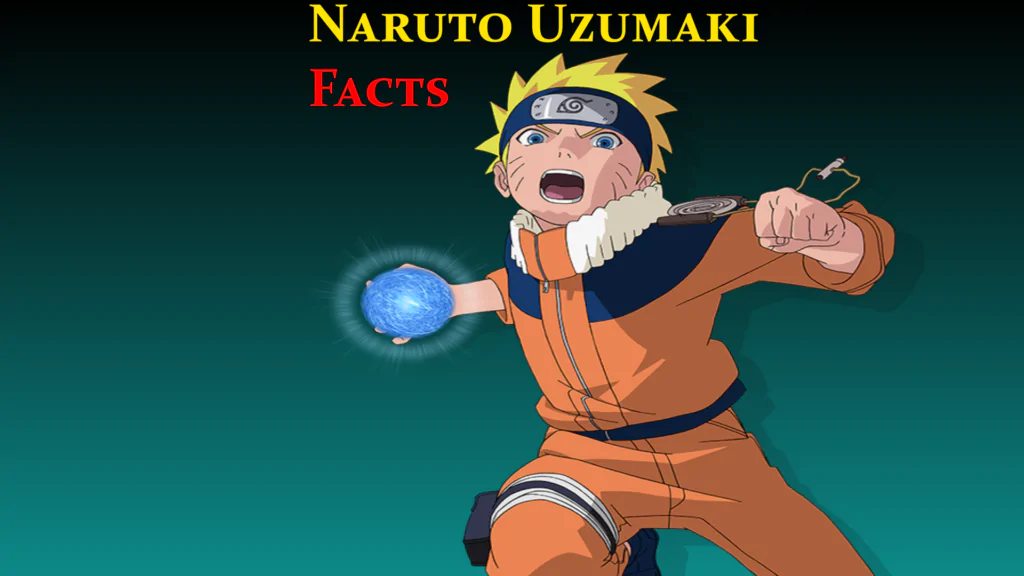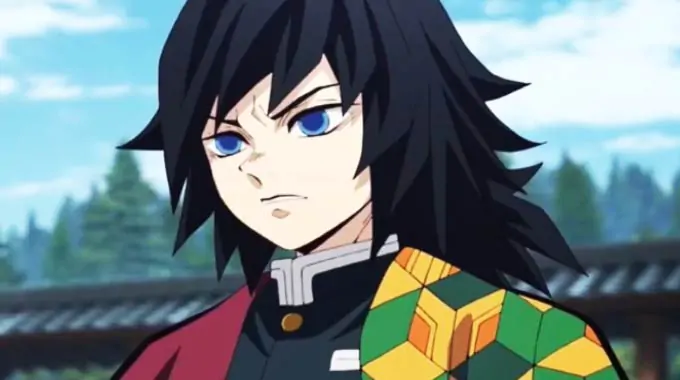List of Facts About JoJo’s Bizarre Adventure:-
The main protagonist of JoJo’s Bizarre Adventure, Jonathan Joestar, is known for his gentlemanly nature and his use of the Ripple, a powerful martial arts technique that harnesses the power of the sun.
Dio Brando is the primary antagonist of the first two parts of the series, and is known for his vampiric powers and his signature battle cry of “Muda Muda Muda!”.
Joseph Joestar, the protagonist of Part 2, is known for his quick wit and his use of the Ripple, as well as his signature catchphrase, “Oh my god!”.
Jotaro Kujo, the protagonist of Part 3, is known for his tough-guy persona and his stand, Star Platinum, which has incredible strength and speed.
Josuke Higashikata, the protagonist of Part 4, is known for his pompadour hairstyle and his stand, Crazy Diamond, which has the ability to restore broken objects to their original state.
Giorno Giovanna, the protagonist of Part 5, is the son of Dio Brando and possesses a stand called Gold Experience, which has the ability to give life to non-living objects.
Bruno Bucciarati, the leader of the gang Passione in Part 5, has a stand called Sticky Fingers, which can create zippers on any surface, allowing him to travel great distances quickly.
Guido Mista, a member of Passione in Part 5, has a stand called Sex Pistols, which consists of six tiny bullets that can change direction mid-flight and even ride on other projectiles.
Narancia Ghirga, another member of Passione in Part 5, has a stand called Aerosmith, which is a miniature airplane that can shoot bullets and drop bombs.
Trish Una, the daughter of the boss of Passione, has a stand called Spice Girl, which has the ability to soften any object it touches, making it malleable.
Gyro Zeppeli, a character in Part 7, is a master of the Spin, a technique similar to the Ripple that uses the power of rotation.
Johnny Joestar, the protagonist of Part 7, is a former jockey who was paralyzed from the waist down after an accident. He later gains the stand Tusk, which can fire spinning nails.
Lucy Steel, a character in Part 7, is the wife of the President of the United States and possesses a stand called Ticket to Ride, which allows her to transfer injuries from one person to another.
Diego Brando, a character in Part 7, is an alternate universe version of Dio Brando who possesses a stand called Scary Monsters, which allows him to transform into a dinosaur.
Hot Pants, a character in Part 7, is a member of the Spin-imbued religious order known as the Steel Ball Run race. She possesses a stand called Cream Starter, which can create and manipulate cream.
Funny Valentine, the main antagonist of Part 7, is the President of the United States and possesses a stand called Dirty Deeds Done Dirt Cheap, which allows him to travel between parallel universes.
Jolyne Cujoh, the protagonist of Part 6, is the daughter of Jotaro Kujo and possesses a stand called Stone Free, which can unravel her body into string and manipulate it.
Ermes Costello, a character in Part 6, has a stand called Kiss, which can create duplicates of any object or person by applying stickers to them.
Weather Report, a character in Part 6, is Jolyne’s estranged brother and possesses a stand called Weather Report, which can control the weather.
Anasui, a character in Part 6, has a stand called Diver Down, which can phase through solid objects and manipulate the density of surfaces.
Enrico Pucci, the main antagonist of Part 6, is a priest who seeks to create a new universe using his stand, Made in Heaven, which accelerates time.
Jonathan Joestar’s grandson, Jotaro Kujo, is the only Joestar to appear as a protagonist in multiple parts of the series.
Each part of JoJo’s Bizarre Adventure has a unique protagonist with their own stand or ability.
Many characters in the series are named after famous musicians or songs, such as Dio Brando (after Ronnie James Dio), Jotaro Kujo (after Jōtarō Yamamoto), and Josuke Higashikata (after the Japanese singer-songwriter Hiroshi Itsuki).
The author of JoJo’s Bizarre Adventure, Hirohiko Araki, has stated that he takes inspiration from a wide range of sources, including art, music, and film.
In Part 2, Joseph Joestar uses a technique called “Ruse Cruise” to trick his opponent into thinking he has been killed, only to reveal that he was faking it all along.
In Part 3, Jotaro Kujo defeats his opponent, D’Arby the Gambler, by betting his own soul and using his stand to cheat.
The stand arrows, which give people the ability to use stands, are a recurring element in the series.
The Joestar family has a long history of fighting supernatural threats, with each new generation taking up the mantle to protect the world from evil.
Some stands in the series are named after tarot cards, such as The Magician, The High Priestess, and The World.
Part 8 of the series takes place in an alternate universe and features a protagonist named Josuke Higashikata, who shares a name with the protagonist of Part 4 but has a different appearance and backstory.
One of the most iconic scenes in the series is the “ORA ORA ORA” battle cry used by Jotaro Kujo and other characters when they unleash a flurry of punches.
Another iconic battle cry is “WRYYYYYYYYY”, used by Dio Brando when he unleashes his vampiric powers.
In Part 5, one of the villains, Sale, is named after the fashion brand “Salvatore Ferragamo”.
Many characters in the series have distinctive fashion sense, such as Jotaro Kujo’s black outfit and hat, and Giorno Giovanna’s yellow suit.
The series is known for its unique art style, which features muscular characters and exaggerated poses.
The series has been adapted into various anime and manga series, as well as video games.
The series has also inspired numerous fan works, including fan fiction, fan art, and cosplay.
The series has been popular in Japan since its inception in 1987, but it has gained a large international following in recent years.
One of the main themes of the series is the power of friendship and the bonds that tie people together.
Many characters in the series have tragic backstories or suffer from emotional trauma, such as Jotaro Kujo’s fear of his own stand.
The series often features complex plotlines and intricate battles, with characters using their stands in creative ways to gain the upper hand.
The series also explores themes of fate, destiny, and the struggle between good and evil.
In Part 3, the character Jean Pierre Polnareff is named after the French musician and songwriter Michel Polnareff.
The series has been praised for its unique blend of action, humor, and horror.
The series has been compared to other popular manga series such as Dragon Ball and Naruto.
The series has inspired numerous memes and internet jokes, such as the “To be continued” meme.
The series has been referenced in other media, such as the video game Persona 5, which features a DLC costume based on Jotaro Kujo.
The series has a large and dedicated fan base, with many fans creating their own fan art, fan fiction, and cosplay.
The series has been translated into numerous languages, including English, Spanish, and Italian.
In Part 6, Jolyne Cujoh’s stand, Stone Free, is named after the Jimi Hendrix song “Stone Free”.
The series features numerous supernatural creatures, including vampires, ghosts, and demons.
The series often explores the concept of morality and the gray areas between good and evil.
The series features a diverse cast of characters, with characters from different countries and backgrounds.
Many characters in the series have unique personalities and quirks, such as Okuyasu Nijimura’s love of fried chicken.
The series has been praised for its character development and the way it explores the emotional struggles of its characters.
The series often features references to real-world events and pop culture, such as the character D’Arby the Gambler, who is named after the singer and songwriter Terence Trent D’Arby.
In Part 3, one of the stand users, Hol Horse, has a revolver that can fire bullets with stands attached to them.
The series features numerous stand battles that involve strategy and wit, with characters often needing to outsmart their opponents to emerge victorious.
The series often features themes of family and legacy, with characters inheriting the skills and powers of their ancestors.
In Part 5, the character Guido Mista has a stand called Sex Pistols, which consists of six tiny beings that can manipulate bullets.
The series features a wide range of stand abilities, from the ability to stop time to the ability to create illusions.
The series has been praised for its creative use of color, with each part of the series featuring a unique color scheme.
The series often features characters with tragic pasts who seek revenge against those who wronged them.
The series has been referenced in numerous anime and manga series, such as Naruto and Gintama.
The series has been described as a combination of action, comedy, and horror.
The series often explores the idea of identity and the struggle to find one’s place in the world.
In Part 6, the character Ermes Costello has a stand called Kiss, which can duplicate objects by sticking a sticker on them.
The series often features characters with unique and unusual abilities, such as the ability to manipulate gravity or control insects.
The series has been praised for its complex characters and intricate plotlines.
The series often explores themes of redemption and the possibility of change.
In Part 4, the character Yoshikage Kira has a stand called Killer Queen, which can turn anything it touches into a bomb.
The series has been praised for its use of symbolism and metaphor, with each stand representing a different aspect of its user’s personality.
The series often explores the idea of fate and whether or not one can change their destiny.
The series has been referenced in numerous video games, such as Street Fighter and Tekken.
In Part 5, the character Trish Una has a stand called Spice Girl, which can turn objects into rubber.
The series often features characters who struggle with their own mortality and the inevitability of death.
The series has been praised for its world-building and the way it creates a sense of history and continuity.
In Part 7, the character Gyro Zeppeli has a stand called Ball Breaker, which can manipulate gyroscopes to devastating effect.
The series often explores the idea of power and the corrupting influence it can have on individuals.
The series has been praised for its ability to balance humor and serious themes, with many humorous moments offsetting darker moments in the story.
In Part 8, the character Yasuho Hirose has a stand called Paisley Park, which can access and manipulate digital information.
The series often features characters who are forced to confront their own weaknesses and shortcomings.
The series has been praised for its ability to create memorable and unique characters.
In Part 3, the character Iggy has a stand called The Fool, which can manipulate sand.
The series often explores the idea of justice and what it means to do the right thing.
The series has been referenced in numerous music videos and songs, such as the song “JoJo” by rapper Booba.
In Part 2, the character Lisa Lisa is revealed to be the mother of the main character, Joseph Joestar.
The series often explores themes of love and the bonds that tie people together.
In Part 7, the character Diego Brando has a stand called Scary Monsters, which allows him to turn into a dinosaur.
The series often features characters who are haunted by their past mistakes and must learn to forgive themselves.
The series has been praised for its use of music references, with many characters and stands named after famous musicians and songs.
In Part 6, the character Jolyne Cujoh has a stand called Stone Free, which can unravel her body into string.
The series often explores the idea of sacrifice and the lengths one will go to protect those they love.
The series has been praised for its unique art style, which often features bold, dynamic poses and exaggerated facial expressions.
In Part 4, the character Rohan Kishibe has a stand called Heaven’s Door, which can turn people into books and read their memories.
The series often features characters who must overcome their own fears and insecurities to succeed.
The series has been adapted into multiple video games, including the fighting game JoJo’s Bizarre Adventure: All Star Battle and the action game JoJo’s Bizarre Adventure: Eyes of Heaven.
In Part 5, the character Diavolo has a stand called King Crimson, which can erase time and see the future.
The series has gained a dedicated fanbase, with fans often creating fan art, fan fiction, and cosplay based on the characters and storylines.
Check This Out…

